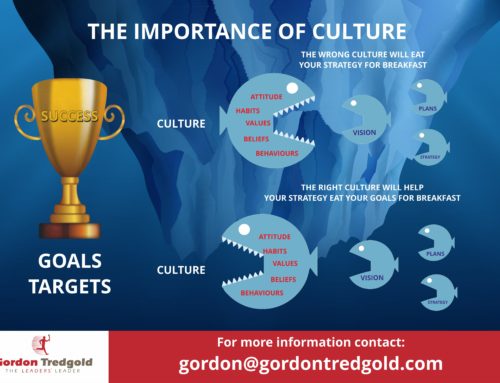CRM Customization – The Right Way
All CRM systems include the basics of contact management and some sales workflows, so there’s no need to reinvent the while. Your business processes will include things unique to the way your business is run, including the information you find valuable and the reporting you require to make decisions. One thing you need to consider is, do you want to change the system to match your processes or change your processes to match the system?
Don’t get me wrong, I’m not advocating that all businesses should adhere to the way their CRM says it should be done. Successful business processes come in all shapes and sizes, which is why you can customize your system to support your process. However, some processes are very convoluted or redundant because of the systems (or lack thereof) being used, and should not be replicated in a new system.
Eager for Information
Implementing a new system allows you to revisit and rethink your processes, including the amount of information you can gather, store, and utilize in your sales and marketing communications. Beware, this can be a double-edged sword!
I recall one CRM implementation where the client had a due diligence list that filled the screen. This required many custom fields and a well thought out layout so there was a logical flow of questions being asked to obtain the information. However, not every phone call is going to be long enough to fill every field, so it was crucial to determine what was “required” in order to be able to save the record. In most cases, just a handful of fields were “required.”
Before you start creating custom fields take the time to fully understand the information you need and what it will take to gather it. If you know the data will come over time, then be sure that the records can be saved before the data is complete.
What’s In it for Me?
The key to successful CRM systems is their usage. If your team doesn’t commit to living in their CRM, and updating it regularly, then it simply won’t work the way you want it to. Be sure that the customization makes sense to all the users. Are the field names understandable? Do they know the importance of gathering the information? Can they easily retrieve information that helps them do their jobs better?
A simple and useful customization is the dashboard. People with different roles have different goals. Even people with the same role can work differently and want different information. When someone logs into the CRM system they should be greeted with a dashboard that makes sense to them and the way they work. For example, if one of your salespeople lives on the phone and another one lives in their inbox, then their dashboards should support that; one with phone numbers and the other with email addresses.
A Great Fit
Customizing your CRM system is all about making it work for your business – a combination of what it offers and what makes you unique. There’s no need to overcomplicate a process just because there’s a second screen available. There’s no need to set up complex workflows when each step is not required.
Customize your CRM system so that you can easily see your business within it. Make sure it uses the terminology that you use internally. Labels, tabs, fields, reports, and many other things can be renamed and added to reflect what makes your business flow.


